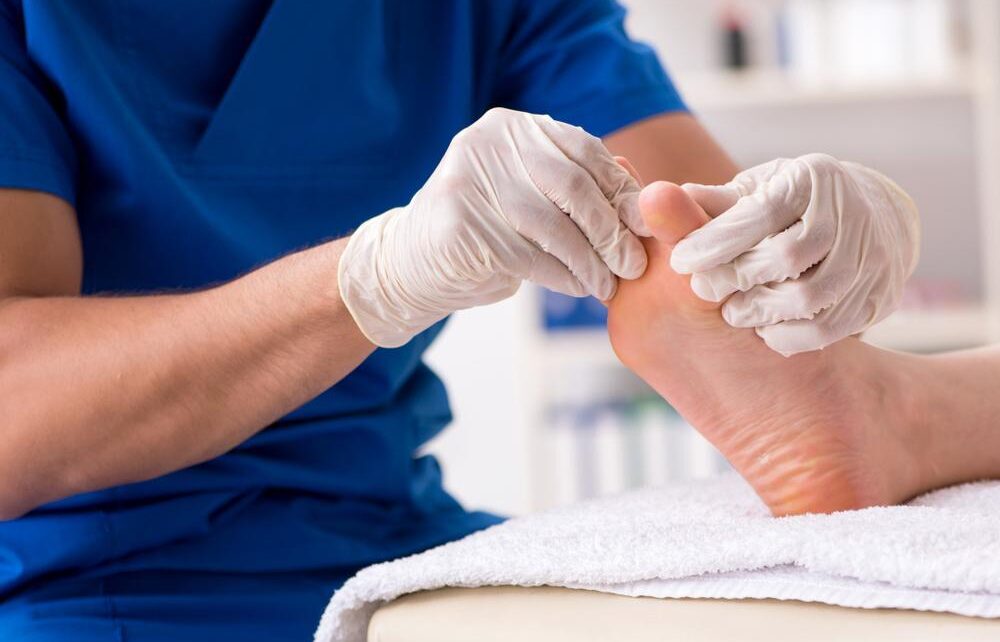Basketball demands quick movements and sharp turns. These actions can lead to foot and ankle injuries. Common issues for players include sprains, fractures, and even an ingrown toenail atoka. Understanding these injuries helps in prevention and treatment. Let’s explore what a podiatrist sees when examining these sports-related problems.
Common Injuries in Basketball
Basketball players often face several types of foot and ankle injuries. The most common include:
- Sprains
- Fractures
- Achilles tendon injuries
Sprains occur when ligaments stretch or tear. Fractures involve a break in the bone. Achilles injuries affect the tendon connecting the calf muscle to the heel. Each of these injuries can sideline a player for weeks.
Recognizing the Signs
Early detection of injuries can prevent long-term issues. Look for these signs:
- Swelling and bruising
- Pain during movement
- Inability to bear weight
If these symptoms appear, it’s important to seek medical attention. Ignoring them can lead to more severe problems.
Prevention Strategies
Preventing injury is crucial for players. Here are three key strategies:
- Wearing proper footwear
- Regular strength training
- Warm-up exercises before games
Shoes should offer support and cushioning. Strengthening exercises build resilience. Warming up prepares the body for intense activity.
Treatment Options
Treatments vary based on injury severity. Common approaches include:
- Rest and ice therapy
- Compression and elevation
- Physical therapy
Resting allows healing. Ice reduces swelling. Compression supports the affected area. Elevation decreases fluid accumulation. Physical therapy aids in recovery and prevents recurrence.
Professional Insights on Injury Management
Podiatrists emphasize timely and effective treatment. According to the American Podiatric Medical Association, ignoring foot and ankle injuries can lead to chronic pain and limited mobility.
In some cases, surgery is necessary. Surgical intervention is usually a last resort, meant for severe fractures or tears. Recovery from surgery can take several months.
Comparison of Common Injuries and Recovery Times
| Injury Type | Typical Recovery Time | Primary Treatment |
|---|---|---|
| Sprain | 1-6 weeks | Rest, Ice, Compression, Elevation |
| Fracture | 6-12 weeks | Immobilization, Possible Surgery |
| Achilles Tendon Injury | 4-6 months | Physical Therapy, Surgery if Severe |
The Role of Coaches and Trainers
Coaches and trainers play a vital role in injury prevention. By promoting safe techniques and proper form, they can help reduce injury risk. Encouraging players to speak up about discomfort is also key.
Education on injury signs and prevention helps everyone involved make informed decisions. According to the National Athletic Trainers’ Association, comprehensive training programs are essential for athlete safety.
Conclusion
Understanding foot and ankle injuries in basketball is vital for players and coaches. Quick response, proper treatment, and effective prevention strategies can keep players on the court. With the right approach, these common injuries can be managed and even avoided. Let’s stay informed and proactive to ensure a safe and enjoyable basketball experience for everyone involved.





